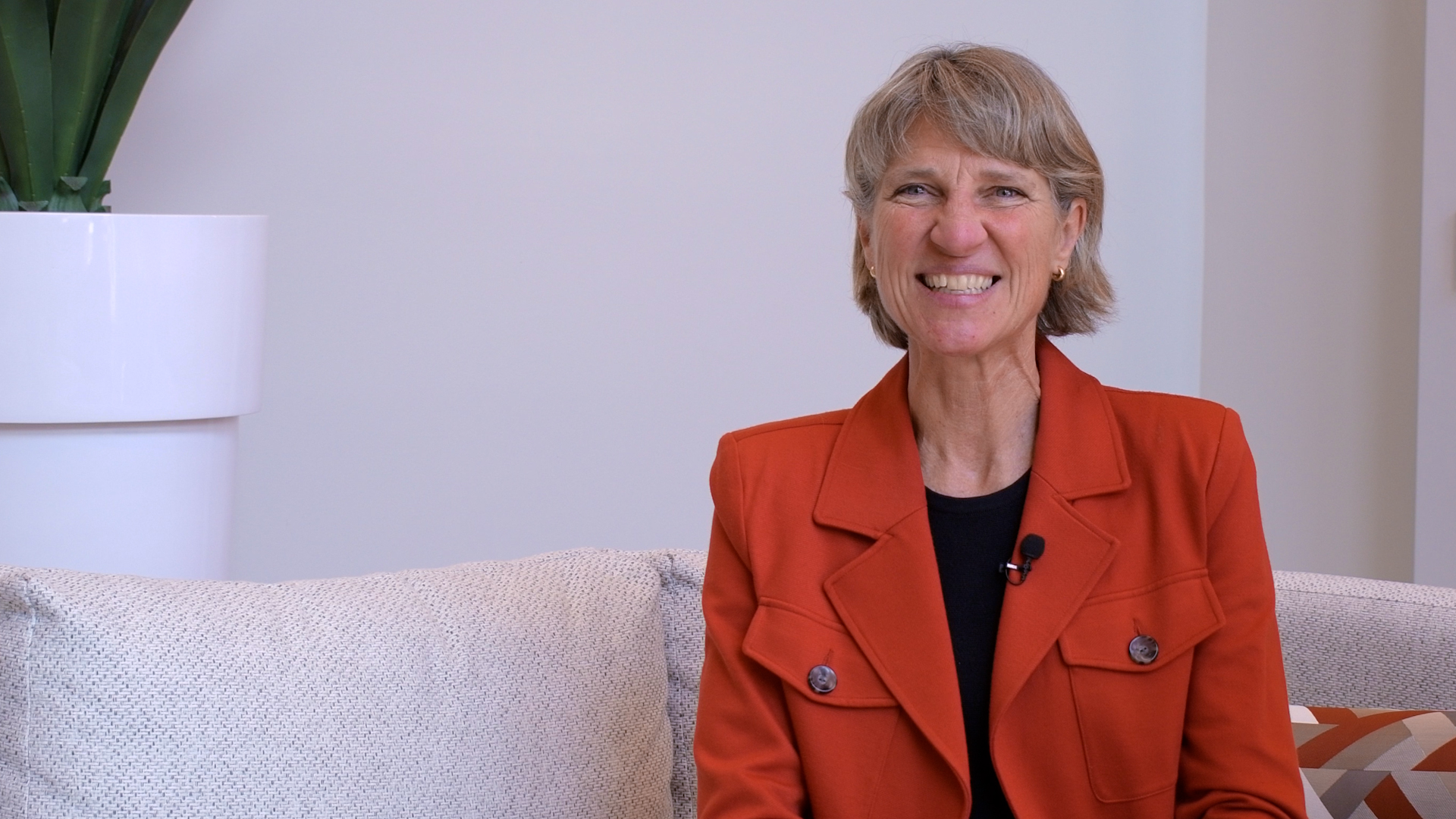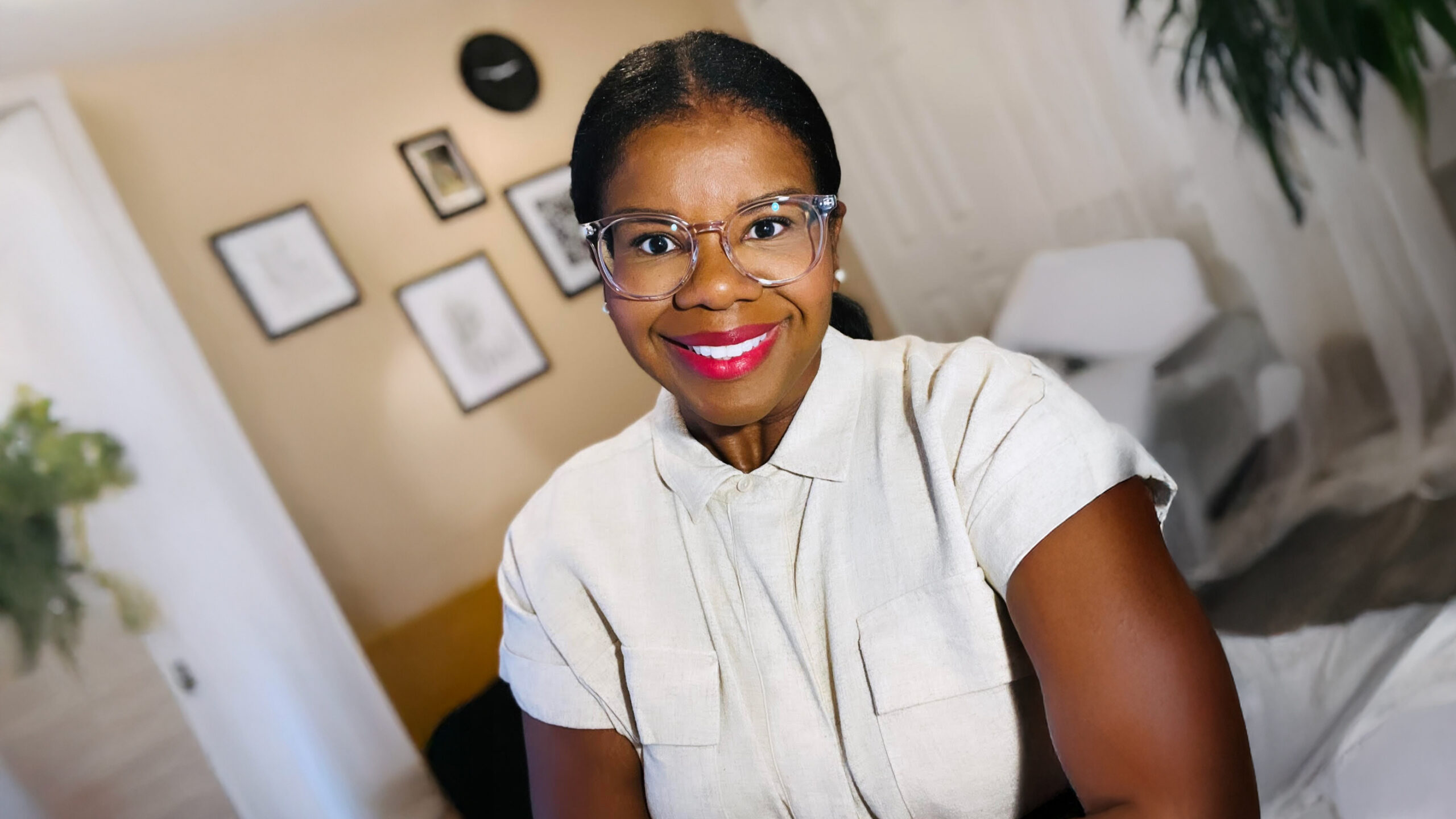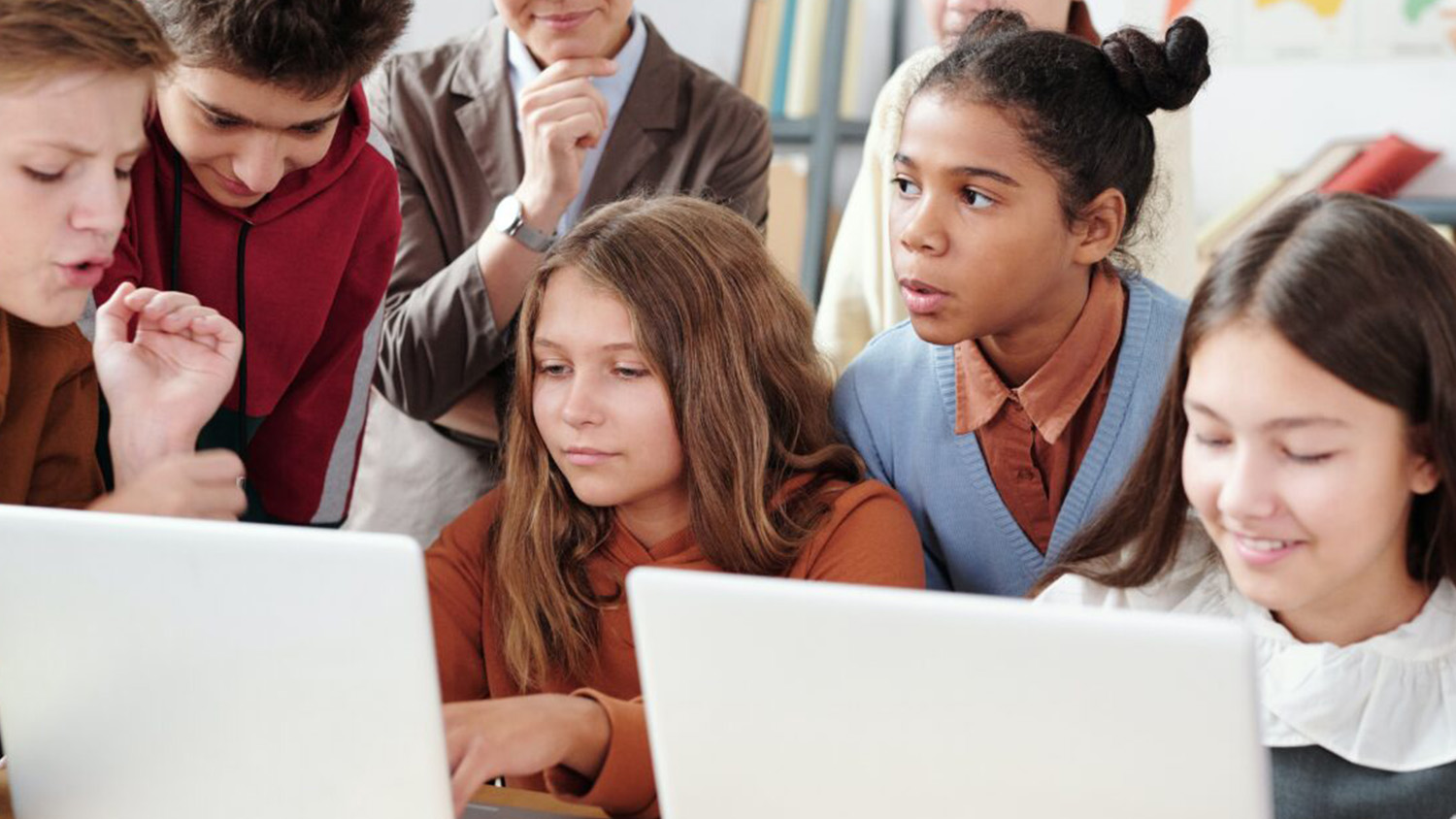Spotlight on Gail Jones

Gail Jones, an Alumni Distinguished Graduate Professor in the College of Education’s Department of Science, Technology, Engineering and Mathematics Education (STEM Ed), prepares science teachers to help students excel in a variety of sociocultural contexts. Her work showcases the impact of experiential education on STEM learning success. NC State recently recognized Jones’ efforts with an appointment to the university’s Research Leadership Academy, which promotes the development and implementation of research best practices among faculty members.
We sat down with Jones to get her perspective on science education in the 21st-century classroom and how the College of Education is cultivating a new generation of scholar leaders.
What role will virtual reality interfaces play in the future of science education? How can virtual reality improve teacher education best practices and student learning outcomes?
New forms of virtual reality include touch, sight and sound information that immerses the learner in virtual worlds. For example, students involved in our research can use a pen-like stylus connected to a computer to pick up a virtual human heart, take it apart, feel and hear it beat, and watch how blood flows from one chamber to another. Because the heart is inside a 3-D environment, the student can turn the heart in all directions and think about how it is situated inside the human body.
This type of instruction is far different from previous days when students were given a strong-smelling preserved heart from an animal and a scalpel for dissection.
The opportunity to investigate a realistic-looking heart with virtual reality allows students to learn at their own pace and ask and explore new questions that arise during the virtual lab. As one student told us about his virtual lab with electrical circuits, “I don’t have to worry about breaking something or creating a fire. I can always restart the program if I make a mistake.”
Virtual science labs now offer students in remote and rural schools access to the most sophisticated lab experiences, even though they might not have funds for expensive lab equipment. After the initial investment in the virtual reality equipment, the potential to explore science in many areas is huge and opens new doors for learning.
What have you learned about science education as the director of the Nanoscale Science Education Research Group? What role do size and scale play in effective nanoscale science education?
My students at the Nanoscale Science Education Research Group and I have been exploring how people of all ages learn the sizes of things and scale. From nanotechnology to space science, scale is a critical theme that is important for understanding science phenomena. Mathematics educators have long known that measurement and estimation are crucial for understanding essential mathematics concepts.
As science pushes the boundaries of investigations into the very small scale (nano- and pico- sized materials) and the very large scale (space science), students and scientists need to be able to mentally maneuver across different scales of size. We have found that people begin with benchmark concepts (anchor points) that help them conceptualize the sizes of things, which is followed by the development of a mental size line for thinking about how the sizes of things compare to each other. We have found that experts report that they mentally jump to new worlds when they are working at the very large and very small scales.
What advice do you have for parents who want to help their children be better at understanding size and scale?
My research has included studies of children, adolescents and adults in a variety of careers, as well as a close look at scientists’ concepts of scale. Some patterns have definitely emerged that can help us design experiences for learning size and scale. Young children need lots of experiences comparing materials, estimating size and building structures. These kinds of experiences will help them develop ideas about which is bigger, how much of something is needed to build a structure, and mental anchor points of size.
During childhood, children need to have chances to estimate volumes, read maps, and think about how far it might be from one place to the next, or how many materials are needed for a construction project. We are currently investigating how owning tools of measurement may influence achievement. The Initial data suggests that children who have access to the tools of science such as binoculars, measuring tape, weight scales, and rulers may have more accurate strategies for conceptualizing size and scale. Parents and teachers can give students lots of rich experiences with measurement scales that can promote conceptual understandings of the sizes of things in the world.
You were recently named to NC State’s Research Leadership Academy. Can you tell us a little more about the academy and how this appointment will aid your future research?
The newly created Research Leadership Academy is designed to bring faculty together to advise and assist administrators in supporting excellence in research. I will work with other researchers across campus to mentor new faculty, provide guidance and support for grant writing, and advise college and university research committees on policies and practices. It is an honor to be able to work with faculty from different colleges to help promote NC State’s research.
How did your doctoral experience in the College of Education prepare you for teaching future science educators? How does the college position these future educators to become classroom leaders?
One of the most valuable aspects of my own doctoral experience in the College of Education was the chance to explore a question of interest to me. My early work began with looking at opportunities for women and minorities to learn science, and questions of social justice and equity have framed my research ever since. As a doctoral advisor, I try to help my students find a dissertation topic that is tied to their own passion and curiosity.
I also have found the experience of doing research at a land-grant university has shaped my beliefs and values about the kinds of research we should do. It has also shaped my ideas on contributions that we can make to education at the local, state and national/international levels.
Learn more about how the College of Education inspires students and improves STEM education through innovative teaching and research methods.
- Categories:


